

No one’s ever claimed that Hollywood movies reflect the breadth of society, but this year’s Oscar nominees look more like attendees of a Trump rally in South Carolina than the face of the modern American populace.
Without a single person of color nominated in any of the acting categories for the second year in a row, a firestorm of protest and counter-protest has swept across social media. Some have called for a boycott of the ceremony, while others claim that to demand recognition solely on the basis of color is reverse racism. Nevertheless, the fact remains that there were some fantastic performances by people of color that were inexplicably overlooked. The Academy Awards have never been a paradigm of diversity, it’s just that in 2016 people feel that the climate of the times should result in rainbows rather than snowstorms.
Also Read:
#belowthelinesowhite? Hollywood’s Rank &
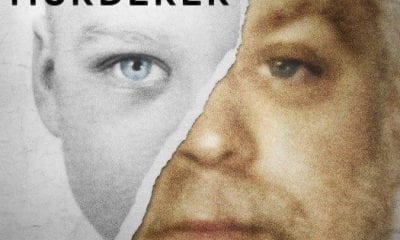

For most people, the end of last year signaled a time for goodwill, reflection and family. But for many, the holiday season was marked by murder and mayhem, forensics and frustration. Released stealthily by Netflix, as if the doc series itself was a smoking gun planted for viewers to stumble across, Making a Murderer is a gift which when unwrapped is all at once fascinating, frightful and infuriating.
Making a Murderer follows in the vein of such true-crime masterworks as Joe Berlinger and Bruce Bruce Sinofsky’s groundbreaking 1996 doc, Paradise Lost, and 2004’s lesser known Death on the Staircase, as well as last year’s killer Serial podcast and the lauded HBO series The Jinx. Moira Demos and Laura Ricciardi’s 10-hour opus retraces the twists and turns of a horrific series of events, while at the same time illuminating many of the dark flaws lurking in our justice system.
» Read more about: I Wake Up Streaming: Netflix’s ‘Making a Murderer’ »


Fred Hiatt, the Washington Post’s editorial page editor, has fired columnist Harold Meyerson, one of the nation’s finest journalists and perhaps the only self-proclaimed socialist to write a weekly column for a major American newspaper during the past decade or two.
At a time when America is experiencing an upsurge of progressive organizing and activism — from Occupy Wall Street, to Black Lives Matter, to the growing movement among low-wage workers demanding higher minimum wages, to Bernie Sanders’ campaign for president — we need a regular columnist who can explain what’s going on, why it’s happening, and what it means.
More than any other columnist for a major U.S. newspaper, Meyerson provided ongoing coverage and incisive analysis of the nation’s labor movement and other progressive causes as well as the changing economy and the increasing aggressiveness of big business in American politics. He was one of the few columnists in the country who knew labor leaders and grassroots activists by name,
» Read more about: Washington Post Sacks Columnist Harold Meyerson »
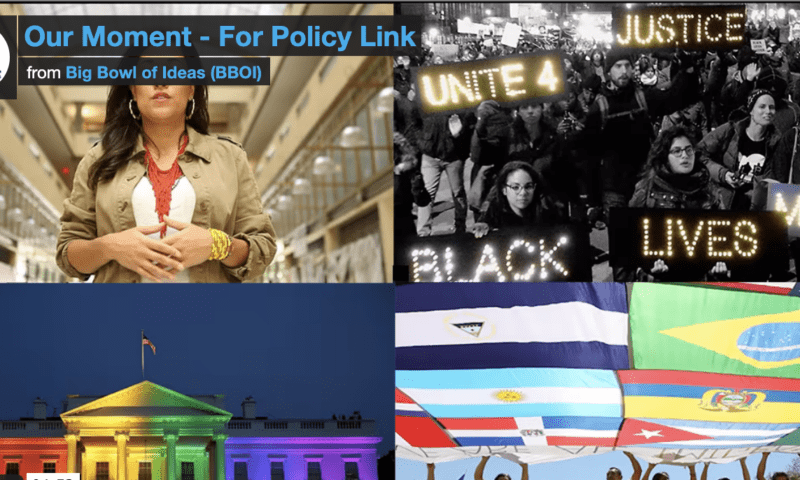

The end of the year is traditionally a time for reflection, and in that spirit we bring you “Our Moment,” a short video that reflects on some of the defining moments in the social justice movements of our time.
The video, featuring words and performance by poet Mayda de Valle, first premiered at the Equity Summit 2015 in Los Angeles, and is now being widely shared on social media. It was produced for PolicyLink by Wyatt Close and Big Bowl of Ideas and directed by Jon Sautter.
Info about Equity Summit 2015 can be found here.
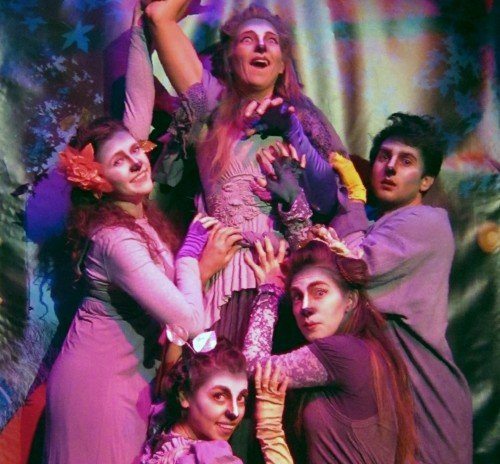

Today kicks off the start of VisionLA ’15, a Los Angeles arts festival performed to coincide with the United Nations’ Conference on Climate Change (COP 21) as it unfolds in Paris. Below are program notes from VisionLA ’15 – please refer to the group’s site for a complete schedule and more information.
Read Judith Lewis Mernit’s Interviews With VisionLA’s Organizers
November 30 @ 6 p.m. – 10 p.m.
VisionLA Home Gallery – Bergamot Station,
2525 Michigan Ave., Building G1
Santa Monica
Join us for a celebration of the Power of Art to Make Change at our Gala Opening party for the VisionLA ’15 Climate Action Arts Festival. This opening event will launch L.A.’s first citywide climate action arts festival and is also the opening gala for our wonderful ART MAKES CHANGE fine art exhibition,
» Read more about: VisionLA Climate Change Arts Festival: November 30 Events »


Bad enough that the climate is changing and humans are causing it; worse, most of us don’t even want to talk about it.
“Where are the books? The poems? The plays? The goddamn operas?” asked author and climate activist Bill McKibben a decade ago on Grist, comparing the climate crisis to the AIDS epidemic, which, McKibben noted, produced “a staggering outpouring of art that, in turn, has had real political effect.”
To be fair, that has started to change: Authors such as Paolo Bacigalupi (The Water Knife) and filmmaker Larry Fessenden (The Last Winter) have begun to address environmental catastrophe in their works. But it’s likely that other authors, artists and goddamn opera writers have assumed that their climate-focused work would struggle for an audience: A recent Pew Research Center poll found that only 42 percent of U.S. citizens consider rising seas and global temperatures disturbing.
» Read more about: The Heat’s On: An L.A. Arts Festival Tackles Climate Change »
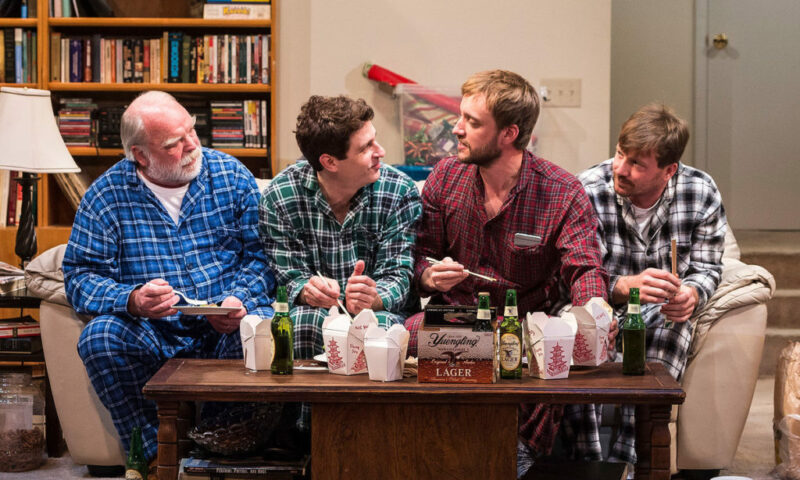

There’s something deceptively familiar about the first scene of Young Jean Lee’s play, Straight White Men, receiving its West Coast premiere at the Kirk Douglas Theater. It opens with an American family gathered together for Christmas. The three adult Norton brothers spend a lot of time horsing around their dad’s living room in flannel jammies, re-enacting childhood pranks, recalling old nicknames and play-fighting with one another as though they’re young boys again. It’s the kind of reunion play whose lines often begin, “Remember the time . . .” So we know, with all this holiday cheer and familial merriment, that things are about to go to hell.
Sure enough, eldest son Matt (Brian Slaten) abruptly begins to cry as the brothers and their father eat a Chinese take-out dinner. Matt’s got a secret but this is 2015, so veteran theatergoers raised on the social-issue dramas of the late 20th century surmise it’s not that Matt is gay or that he has an incurable disease – especially since we also know this 90-minute play was written and directed by a New York playwright who is the reigning queen of experimental theater.
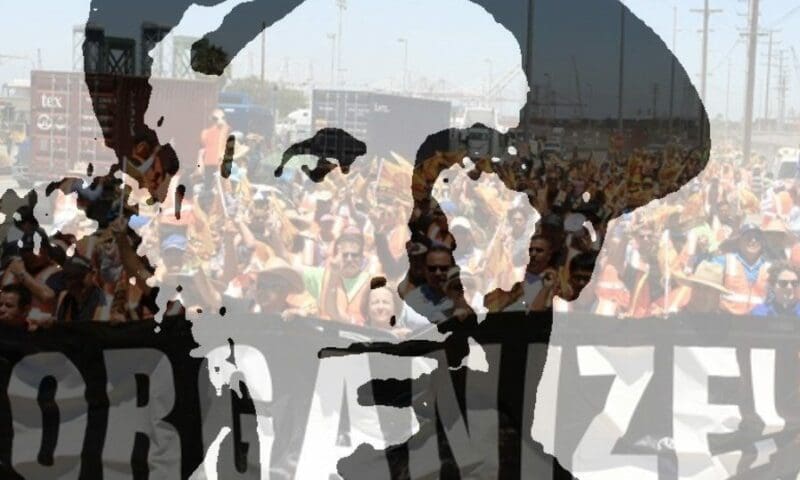
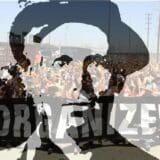
If legendary labor activist Joe Hill were alive today — and some contend that he is — he would have plenty to say about the state of the American worker. And the country, if it listened, would have plenty to learn.
Hill, who was executed in Utah 100 years ago this month, was an unapologetically radical union organizer whose rough-hewn songs and poems matched the brutal working conditions endured by tens of millions of Americans in the early 20th century. While his lyrics might at first sound anachronistic to contemporary audiences, their underlying spirit speaks directly to the experiences of far too many in our often unforgiving 21st century economy.
“Would you have freedom from wage slavery… Would you from mis’ry and hunger be free,” from Hill’s 1913 anthem “There Is Power in a Union,” could easily have been inspired by the thousands of truck drivers who haul goods to and from the nation’s largest port in Los Angeles.

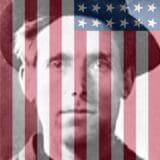
November 19 marks the 100-year anniversary of Joe Hill’s execution by a Utah firing squad for a sensationalized Salt Lake City double homicide. Hill, a 36-year-old Swedish immigrant, was an itinerant laborer and union organizer for the Wobblies – the Industrial Workers of the World (IWW). Today most historians view Hill’s arrest as a police frame-up and consider his trial and execution as, at the least, a politically motivated miscarriage of justice, if not outright judicial murder.
Hill’s mythic stature continues to serve as the soul of the struggle for workers’ rights and economic equality, and interest in his life shows no sign of abating — a phenomenon that is reflected in the ongoing yearlong series of exhibits, book events and concerts commemorating his death.
Joe Hill, of course, was no ordinary organizer but also a poet and balladeer whose knack for taking a well-known hymn or folksong,
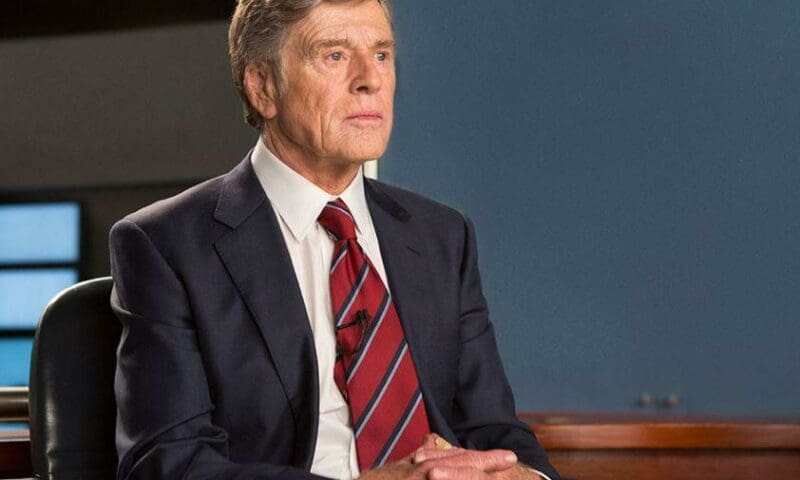
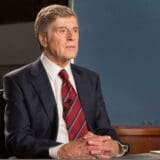
Truth might be seen as the third installment of an informal Robert Redford trilogy of films grappling with American electoral politics and its stormy romance with the news media. This triptych began with 1972’s The Candidate, a satire about a telegenic senatorial contender who manipulates his image to win an election. Then came the 1976 historical drama, All the President’s Men, which solemnly celebrated the Fourth Estate in its early efforts to gather news about the Watergate break-in. Truth represents the melancholy trail’s end of this journey, when money and product-branding have trumped principles in both governance and journalism. It’s based on former 60 Minutes II producer Mary Mapes’ memoir that told how she and CBS news icon Dan Rather lost their jobs over a poorly sourced segment about George W. Bush’s alleged attempt to dodge military service in Vietnam through the Texas Air National Guard.
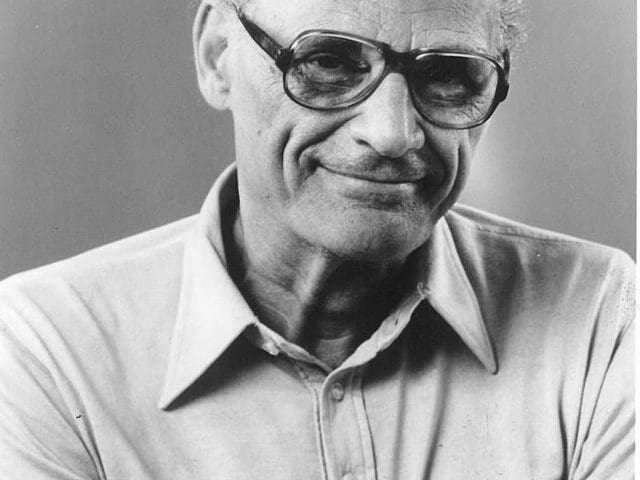
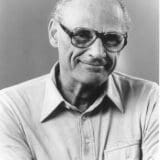
Arthur Miller — one of America’s greatest playwrights whose work reflected his affinity for the underdog and who translated his social conscience into political action — was born 100 years ago (October 17, 1915) and died in 2005.
A Miller play is always being performed somewhere in the world, but there’s a remarkable revival of five of his creations about to take place in New York, where he grew up. Next month, A View From the Bridge opens on Broadway, a staging of Incident at Vichy opens Off-Broadway, and a Yiddish version of his most famous work, Death of a Salesman (with English subtitles) is about to open, too.
In the spring, The Crucible, starring Ben Whishaw and Sophie Okonedo, will open in New York as well. Meanwhile, his play Broken Glass recently opened at the Westport Country Playhouse in Connecticut.
It’s hard to imagine now, but there was a time when San Francisco was considered a working-class town. It had always been home to a generous share of bohemians, dilettantes and tycoons, of course – but it had also been the city of unchallenged union power, the general strike and rough-hewn but familial neighborhoods spilling from the Fillmore District to Potrero Hill. It’s where even Jack Kerouac worked as a brakeman for Southern Pacific.
“Anyone who disappears,” says a character in The Picture of Dorian Gray, “is said to be seen at San Francisco. It must be a delightful city and possess all the attractions of the next world.” Generations of Americans in search of reinventing themselves have agreed – along with those simply searching to invent. This latter group of “tech bros, hipsters and yoga yuppies” is the focus of Alexandra Pelosi’s 40-minute documentary, currently viewable on HBO TV and its streaming platforms.


It’s that time of year when I look for my name on the list of MacArthur Fellows, and not finding it once again resolve to keep working and wait until next time. But truly, perusing such a list is as humbling as it is inspiring.
From puppeteers and choreographers to novelists, set designers, economists, chemists, sociologists, journalists, educators, environmentalists and community leaders, the MacArthurs each year offer a who’s who of the best and the brightest, making us feel optimistic about the capabilities of the human mind and spirit.
“These 24 delightfully diverse MacArthur Fellows,” as MacArthur President Julia Stasch states, “are shedding light and making progress on critical issues, pushing the boundaries of their fields, and improving our world in imaginative, unexpected ways.”
And what’s especially unique about the MacArthur Genius grant, as stated on the foundation’s website, is that “the fellowship is not a reward for past accomplishment,
» Read more about: Geniuses Among Us – the MacArthur Foundation Class of 2015 »
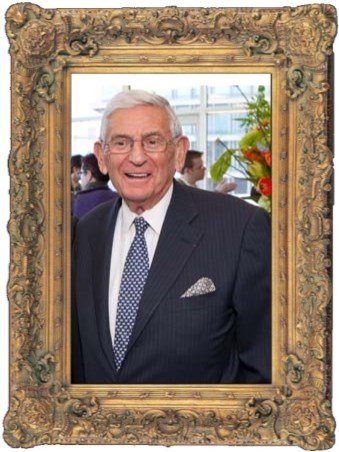
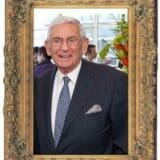
There now is a flow of fresh cultural monuments in Los Angeles that runs from the High School of the Arts over to Disney Hall. This includes, of course, the 36-year-old Museum of Contemporary Art, with which billionaire philanthropist Eli Broad was once deeply involved, and which Broad’s new art museum now competes with. All of a 30-year sudden, we have a cultural downtown center, complete with a hinterland of new bars, stores, costly restos and so on.
Little is left of the downtown of 40 years ago – or of its scruffy arts bohemia. But that is the way of these things: Yupster egg joints are replacing the old Grand Central Market stalls that sold fruit for 20 cents a pound, new buildings arise on former parking lots where dead people sometimes turned up in the cars of those who worked overnight nearby.
The Broad museum (it’s officially called “The Broad”) looks like a mammoth white-enameled Claes Oldenburg version of a Sur La Table cheese grater.


Though we tend to associate it with barbecues and retail sales, Labor Day is a holiday honoring the American labor movement. And an easy way to celebrate the movement that brought us the minimum wage, an 8-hour workday and an end to child labor is by buying Sam Adams, Doritos, and other union-made nosh for Monday’s get-togethers.
All the products listed below are made by unionized workers . You can find a more comprehensive list over at the website Labor 411.
Chips & Dip
Tostitos Chips, Salsas, and Dips
Mission Chips, Salsas, and Dips
Doritos
Cheetos
Fritos
Rold Gold Pretzels
Meat & Buns
Ball Park franks
Hebrew National franks
Oscar Meyer & Boar’s Head hot dogs
Sara Lee buns
Oroweat buns
Condiments
Heinz Ketchup
French’s Mustard
Vlasic (Relish,
» Read more about: A Labor-Friendly Shopping List for Labor Day »
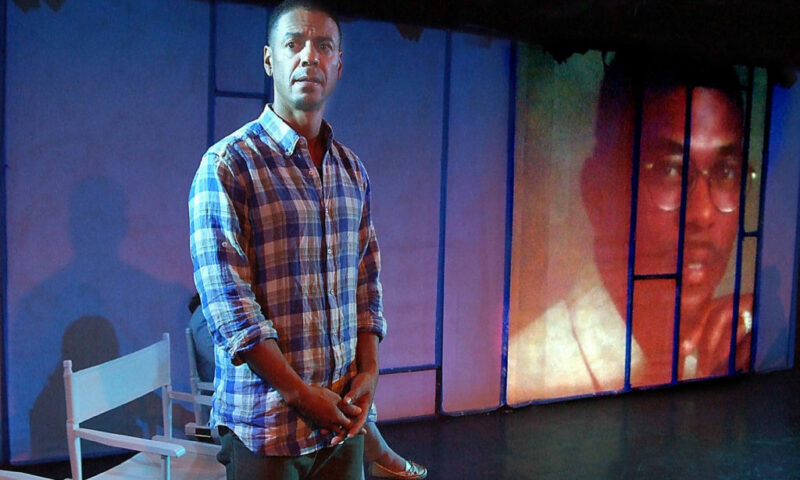
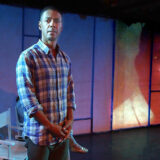
One could make the argument that Citizen: An American Lyric, Stephen Sach’s adaptation of Claudia Rankine’s celebrated meditation on race in America currently playing at the Fountain Theatre, could not be better timed. After all, at the same time America unites in its outrage over a lion murdered in Africa, the country is engaged in a hotly divided debate over a string of incidents where police have gunned down African Americans in the concrete jungles here at home. But such a supposition would be missing one of the most important points of Rankine’s work (the book was a finalist for a National Book Award). Because, to believe that somehow that there is some unusual collision of time and circumstance that has engendered the recent slew of acts of racism is to deny the fact that these incidents happen and have been happening—whether by switch, or rope,
» Read more about: Micro-aggressions and Larger Lessons: Citizen at the Fountain Theatre »
…mill hands, farm hands, factory hands…hands….hands…hands…
— Eugene Debs
Ironworker Devonte Merrifield makes sure he takes care of his hands. He jokingly points out that the strength of his marriage depends on two strong – and sometimes soft – hands. “My wife complains because I can’t rub her back anymore because of my calluses. My hands can be a little rough,” he says, lifting his hands and smiling.
Merrifield is in some ways similar to my electrician father who believed that the feel of a person’s hands might indicate something about their character. Shaking my father’s hand was not merely a polite ritual. The absence of thick pads of calluses was, for him, one indication that you might not be contributing much to society.
Merrifield knows that what he does with his hands is deserving of a measure of respect. His identity is partly bound up with what he calls his “working man’s” hands and the confidence drawn from meeting the challenges of apprenticeship.


When Medicare was signed into law on July 30, 1965, nearly half of Americans over 65 had no health insurance, and many more lacked adequate coverage. Today, only 2% of senior citizens in the U.S. are uninsured. To celebrate the success of Medicare and rally for universal expansion of the program, events are being held in more than 2 dozen cities across the country.
The Los Angeles version will predictably have strong entertainment. There will be musical performances by Lili Haydn, who’s been called the “Jimi Hendrix of the violin,” along with Latino Hip-Hop group the Inner City Dwellers and musical parody group Billionaires for Wealthcare.
Also on the program are actor Mike Farrell of M*A*S*H, Richard Montoya of the performance troupe Culture Clash, State Senator Holly Mitchell, L.A. County Supervisors Sheila Kuehl, Hilda Solis, and Mark Ridley-Thomas, Dr.
» Read more about: This Thursday: Medicare is Having a Birthday Party »
Since the invention of the movie camera in the late 19th century, filmmaking has seen only a smattering of seminal technical developments. Only the advent of sound and color spawned sea changes in the medium. But in this century, the digital revolution has made it exponentially easier for filmmakers to tell stories. It was only a matter of time, then, before people started filming features using arguably the most ubiquitous technological device of our time.
It would be easy to prematurely dismiss Tangerine as a gimmick. After all, with all the tools of the trade available to film a movie, picking a 4.87-by-2.3-inch iPhone 5s seems not only ambitious but possibly a filmmaker’s folly. Luckily, for writer-director Sean Baker, the phone is a smart choice indeed.
‘Tangerine’ is ‘After Hours’ in heels, made on a dime.
It is the afternoon of Christmas Eve.

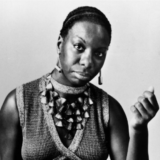
The first shot of What Happened, Miss Simone? shows a crowd applauding the appearance of a singer. After years of a self-imposed hiatus, Nina Simone walks onstage, and with one hand on a piano, bows. For a full 10 seconds. She then looks up and out at the rapturous audience. But she is not smiling. Her stare is intense. Some will see fear in her eyes. Others will see indifference. Others might even see loathing. Or all of it.
Once Simone sits at the piano and the applause ends, she does nothing for half a minute. The uncomfortable silence is finally broken by her softy saying “Hello” into the mic, only to be greeted by a fan shouting, “Hi. We are ready!” But is Simone? After seeing Liz Garbus’ documentary, an even better question is, “Was she ever?”
Unlike our modern commodified stars, Nina Simone’s life was a messy journey of discovery. » Read more about: Film Review: ‘What Happened, Miss Simone?’ »